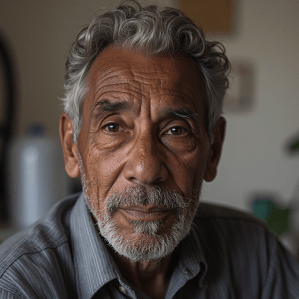A new study from UC San Francisco researchers has uncovered significant disparities in access to critical stroke care services across the United States. The 14-year study, published in JAMA Network Open, found that hospitals in low-income communities are up to 42% less likely to obtain stroke center certification compared to those in areas of average socioeconomic status.
Lead investigator Renee Y. Hsia, MD, a UCSF professor of emergency medicine, emphasized the importance of these findings, stating, “Some hospitals do not have the necessary resources to treat patients experiencing certain types of strokes.” The research examined 5,055 acute, non-federal hospitals from 2009 to 2022, revealing that only 6% were located in the most affluent communities, while 43% were in relatively or most disadvantaged areas.
The study highlights the financial challenges faced by hospitals serving disadvantaged populations. Dr. Hsia explained, “Hospitals with stroke centers that serve patients with a high proportion of commercial insurance and Medicare tend to be revenue centers, whereas stroke centers in areas with a ‘poor’ patient payer mix will operate with much lower or often negative profit margins for those services.”
These disparities in stroke center certification have significant implications for patient care and outcomes. Specialized stroke services are associated with better care and improved patient results. The researchers suggest that providing support for hospitals in disadvantaged communities to obtain stroke center certification may help reduce disparities in stroke care.
The study’s findings underscore the need for broad-based social and policy interventions at local, state, and federal levels to promote equal opportunity and access to important community resources, particularly in the realm of critical neurologic treatment.
See “Study finds big disparities in stroke services across the US” (July 29, 2024)



